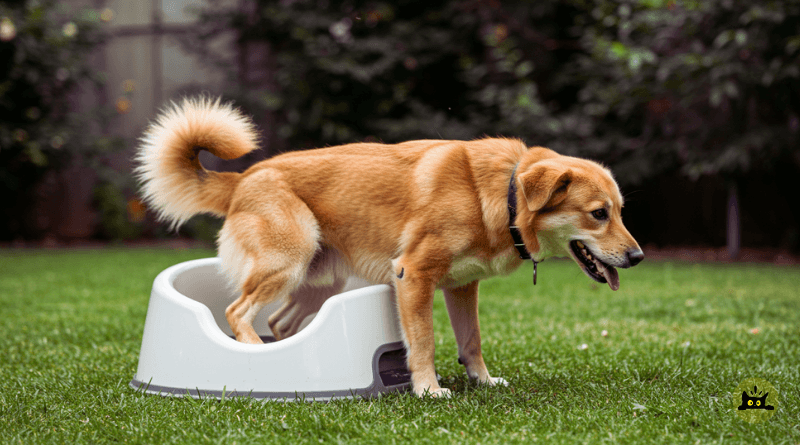Dog Potty Training takes time, patience, and a bit of teamwork. It’s a journey that every first-time dog owner experiences, and a well-trained dog helps keep your home clean while strengthening your bond. This guide offers a simple and friendly plan to help you and your furry friend succeed in your Dog Potty Training journey. The advice in this article is based on trusted information from sources like the American Kennel Club, PetMD, and VCA Animal Hospitals, with extra tips you can use right away in your daily life.
Understanding Your Dog’s Clues
Dogs show little signs when they need to go potty. You might notice your dog sniffing around, walking in circles, or acting restless. These are natural hints that it’s about time to head outside. Watch your dog carefully, especially after meals, drinks, or playtime. By paying attention to these signals, you can quickly take action and guide your dog to the right spot when nature calls.
Follow a Consistent Dog Potty Training Routine
Having a steady routine is the key to good potty training. Take your dog outside as soon as you wake up each day. Plan to take your dog out after eating, drinking, napping, or playing. When everyone in the family follows the same schedule, your dog learns faster what to do. Sticking to a routine not only makes things more predictable but also helps your dog know exactly when it’s time to go potty.
Pick Your Dog’s Potty Spot
Choose one certain spot outside where your dog usually goes potty. Always use the same door to bring your dog to that spot. This habit helps your pet understand that the door means it’s time to head out. A quiet and steady area works best. Over time, your dog will link that specific spot with the proper place to go, making potty training much more straightforward.
Reward Happy Moments
Quick praise and a little treat go a long way! Whenever your dog goes potty in the right place, offer lots of praise and a small reward. This friendly method encourages your dog to repeat the good behavior. Instead of scolding when accidents happen, celebrate the times when your dog does everything right. Remember, using treats and cheerful words is much more effective than punishment, as it makes your dog want to do it all over again.
Use a Crate Safely
Crate training can be very helpful when done right. Make sure the crate is just big enough for your dog to stand up, turn around, and lie down comfortably. Because dogs usually don’t want to mess up where they sleep, the crate teaches them to hold on until it’s time to go outside. When you can’t watch your dog closely, using the crate is a great backup plan. With practice, your dog will learn to wait patiently until it’s time to take a potty break.
Troubleshoot Mess-Ups
Mess-ups are normal when teaching your dog. Even if you follow every step, mistakes can happen—especially at the start. When your dog accidents occur, clean up the mess right away with a pet-safe cleaner to get rid of any lingering smells. It’s important not to scold your dog because punishment can make your pet stressed and confused. Instead, view these mess-ups as a chance to learn and tweak your routine a little. Being patient and keeping to these simple steps will help both you and your dog improve over time.
Extra Tips to Succeed
Along with the basics, here are a few extra tips to make potty training even more effective. Noting down the times your dog goes potty can show you a pattern that helps improve your routine. Giving your dog enough exercise and fun activities can lower stress and make your home feel calmer. Encouraging everyone in the family to help with training builds a stronger connection with your dog, making the whole process more enjoyable. Small adjustments like these can add up and lead to big improvements over time.
Conclusion
Teaching your dog to go potty takes time and effort, but it soon turns into an easy and fun activity. By sticking to a routine, picking one favorite potty spot, using plenty of praise and treats, and safely using a crate, you let your dog know what’s expected. Even if mistakes happen along the way, being patient and persistent will lead to success. Enjoy the journey and cheer on every step as your dog learns good manners. With a little love and clear, simple guidelines, your dog will quickly become that well-mannered buddy who keeps your home happier and cleaner.
Sources : The Kennel Club, Pet Poison Helpline, Veterinary Information Network
Discover more articles that could pique your interest in this category: If Your Dog Barks Too Much – Trainers Tips to Keep It Quiet!

